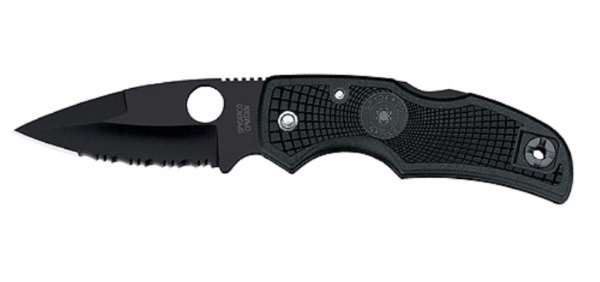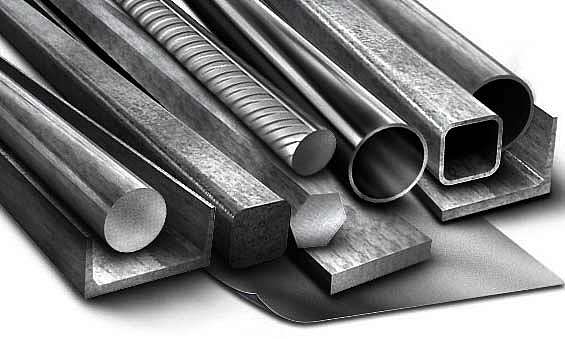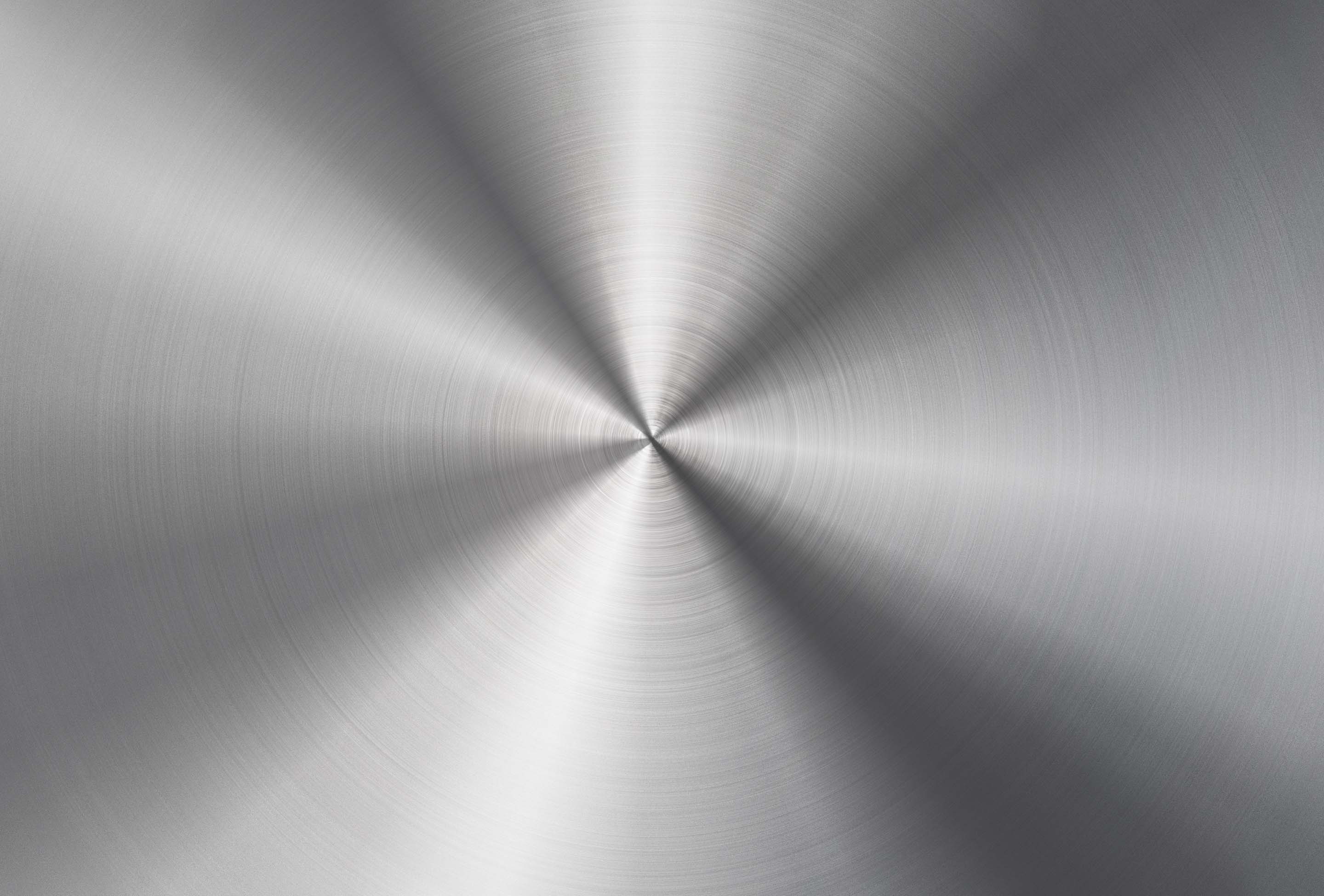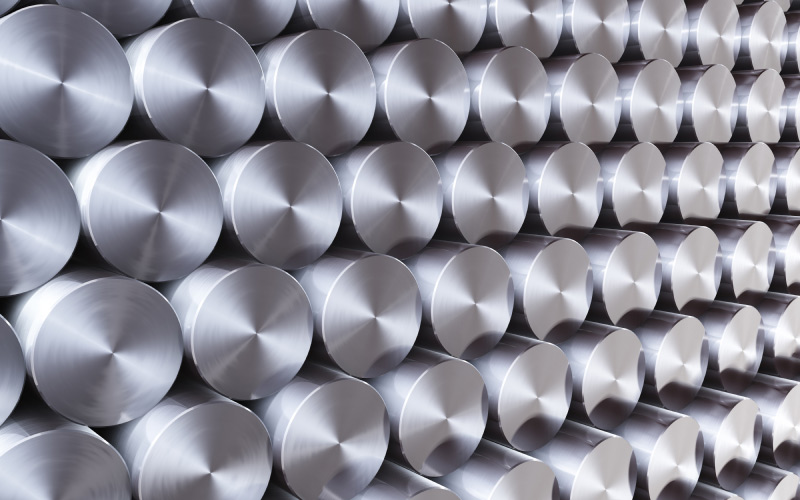Table of Contents
There is an old saying, which you may have heard in the past: no good knife was made with bad steel.
I tend to agree. Good knives are made of good steels. If you are looking for a knife to be a long-lasting and properly-functioning companion (whether for work, duty, or every day carry [EDC]), it must be made of a steel that will be able to handle whatever tasks you present it with.
Spyderco has been making knives for 40 years, and it has even earned its place in the Blade Show hall of fame. Spyderco’s founder, Sal Glesser, was inducted into the HoF in 2000. The thing which makes Spyderco’s cutting tools so outstanding and exceptional, other than the trademark look and ergonomic designs, lies mainly in the steels the company uses in the manufacturing process.
In a sense, manufacturing a knife is like designing a building. If a building’s foundations are shaky, there is a good chance that it won’t be around for long. You may invest in it, build it, even complete it – but with faulty construction, it will not stand long. On the other hand, if a building’s basis is solid and its foundation strong, it can take a lot of punishment and still keep its structural integrity.
What is Steel?
So, first off, let’s get the definition of steel from Merriam-Webster:
Steel (noun) – a strong, hard metal made of iron and carbon.
So, there you have it. Steel is a hard molecule, composed of two common elements – iron and carbon. This seemingly simple formula holds in it the key to so many different possibilities. Iron on its own is a pretty soft metal element, but when carbon is added it hardens and becomes basic steel.
Over the years, jewelers, blacksmiths, weapons-smiths, knife-makers, and others, have been unlocking the secrets to creating better, newer, harder, stronger, and more impervious kinds of steel. We have come a long way since that basic carbon-iron combination, but even now carbon remains a primary element in many different steels.
There are several categories of steel, and they are classified according to the elements which are used in their production.
Carbon Steels
These contain different amounts of carbon, and are split up into low carbon (.3% or less), medium carbon (.4 – .6%), high carbon (.7 – 2.5%), and ultra-high carbon (2.5% and up). Carbon steel may also contain up to 1.65% manganese and .60% copper, but no more. High and ultra-high carbon steels are more likely to be used for knives.
Alloy Steels
These contain certain vanadium, molybdenum, or other elements to varying degrees, as well as larger amounts of manganese, silicon, and copper than in carbon steels. Because of their mixed nature, they are referred to as alloy steels.
High Strength Steels
These steels are somewhat new. They contain smaller amounts of the expensive alloying elements, which makes them more affordable. They go through a special process, which gives them a strength which is greater than that of carbon steels of the same weight.
Stainless Steels
This category includes steels which contain a minimum of 12% chromium. The chromium element gives blades a much higher degree of rust resistance. There are different opinions as to the minimum amounts of chromium necessary for a steel to be deemed stainless (10-13%). The stainlessness of the steel is also affected by the other elements used in its composition, so rust resistance could also vary depending on amounts, etc.
Tool Steels
These steels typically contain tungsten, chromium, vanadium or molybdenum, as well as other alloying elements. The steel is then given a heat treatment which give it extra strength, hardness, and resistance. There is often less manganese in tool steels.
Exotic Steels (Non Steel)
This last group is a very interesting one. It is comprised of steels which are not exactly steel .They are accepted as such, but do not fall under the exact definition of steel (as was defined earlier). This group includes H-1, ZDP-189, Talonite, Titanium, and other cobalt and chromium alloys. This makes these steels incredibly durable, and they have the ability to withstand a lot of wear.
Is There A “Best Steel”?
So, we have named the basic steel categories, but which one is considered the best?
This question is asked time and again, and the answer is always the same. There is no “best” kind of steel. The quality of a steel is completely subjective to its desired uses and requirements. Steels function in different ways, and what works for one individual may not work as well for another. It is a question of usage and operation.
Without a doubt, there are more superior types of steel. Many would agree that a high carbon blade is better than a low carbon one. There probably aren’t many situations where a low carbon blade would trump a high carbon one. It is simply a better kind of steel, altogether. It has more resistance to corrosion and wear, and that makes it better in the eyes of most individuals. Still, it does not make it the absolute best.
There are over 3,500 different grades of steel, according to the World Steel Association. Each of these steel grades has its strengths and weaknesses, so it really would be impossible and impractical to name a single kind of steel as the best. Technological and industrial advancements – such as powder metallurgy – have brought with them a variety of steel grades which was unthinkable until now.
When you come right down to it, it’s all about the chemistry. Nowadays, we are able to play around with the elements like never before. Knife-makers are working hard to manipulate the elements, to bend them to their will (so to speak), in a way that was never before possible. Spyderco steels represent these advancements, and furthermore, a variety of post-production steel-hardening treatments are available as well. These enable the steel to grow even more durable and functional than it is at the time of its forging.




No comments yet.